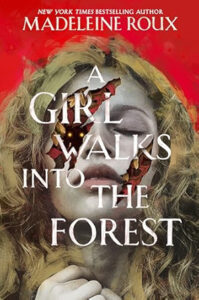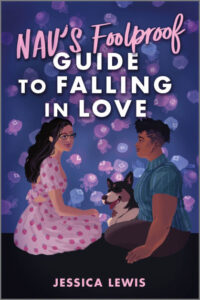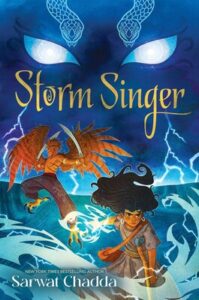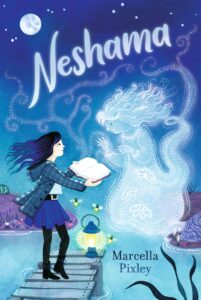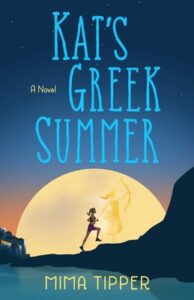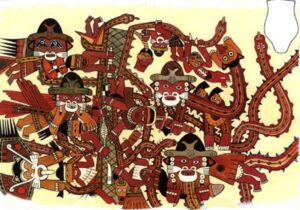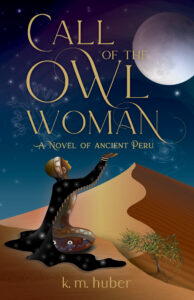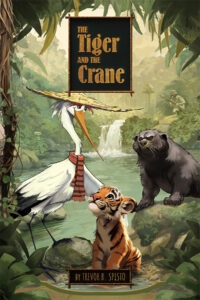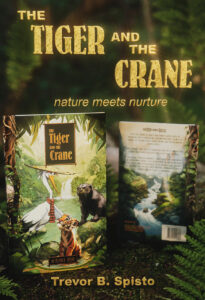“Not If But When”
If you haven’t heard of Sarah Wynn-Williams, she’s the Meta whistleblower who dropped bombshell after bombshell about the harmful practices of social media titans like Facebook and Instagram. In April of this year, she detailed to the U.S. Senate Judiciary Committee how these sites would target vulnerable teens, sending them ads for beauty products after they deleted a selfie or made posts indicating they were sad or depressed. I’ve understood for a long time that companies are not our friends, and that social media has become unbelievably toxic, but still, these revelations filled me with a special kind of anger.
Even at our lowest, even when we’re expressing self-doubt, fear, or vulnerability, the message is obvious: if you were a little bit more beautiful, would this still be happening? Maybe you wouldn’t feel so rejected if your skin texture was gone. Don’t you think he would still be your boyfriend if you had fuller lips? You won’t delete selfies after slathering your face in blah, blah, blah… It’s exactly this kind of pressure to be beautiful, presentable, consumable—even at our lowest points—that inspired Valla’s story in A Girl Walks Into the Forest.
I shouldn’t say it’s the only inspiration, because that’s just one of hundreds. This book is the natural outcome of someone born a woman just trying to exist in culture steeped in patriarchal ideas about what it means to be feminine. Valla’s journey started when I was picked on in middle school for not shaving my legs, when I went to an anticipated dinner at a date’s house and was immediately criticized, put down, then told menacingly there was a gun in the cabinet. This book began when I shared these experiences with other women, and heard either agreement or their far worse, far more damaging memories. I don’t have the word count to list out the rest, but I’m sure you get the idea.
At the beginning of A Girl Walks Into the Forest, Valla is a girl who believes that her beauty will protect her. She is traded to a wealthy Count living in a dangerous forest; their marriage will mean prosperity for her village. The deal is very simple—Valla will be a lovely, compliant bride and the Count will lavish her people with enough supplies to survive in an unforgiving place. Things fall apart quickly for Valla, who is grievously wounded and scarred on the trip to the Count’s castle. (I’m sure Facebook would gleefully inform her that this new exfoliating scrub could make those scars fade overnight!!!) Because she is no longer perfect, the Count no longer wants her in the same way, and we watch Valla discover her strength, her power, and how her pain and struggle are connected to that of other women and girls.
I hope the message of this book is clear by the time you reach the end of it—your beauty and compliance will protect you until they don’t, and it’s not a matter of if you become a Valla but when.
Published June 10th, 2025 by Quill Books
About the Book: For as long as she can remember, Valla’s been told her beauty would give her a life most people only dreamed of. So when the mysterious Count Leonid calls on her to be his betrothed, Valla jumps at the chance to leave her small, bleak village. The only thing standing in her way? The journey through the dangerous Gottyar Wood that many don’t survive.
Filled with deadly and cunning creatures, the Gottyar immediately delivers on its reputation with an attack that leaves Valla injured; her face torn to shreds. Barely making it to the castle in one piece, Valla is relieved to finally be safe. But things have changed. Valla’s face is no longer beautiful. And the Count is not happy…Valla thought making it through the Gottyar was a victory, but when she sees what awaits beyond the palace walls, the true battle begins. In this ruthlessly female-forward narrative that borrows from the best of horror, fairy tales, and folklore, a chewed-up-and-spit-out heroine must lean on the brutality of nature and her biggest fears in order to win back what’s she’s been robbed of: her life.

About the Author: MADELEINE ROUX is the New York Times and USA Today bestselling author of the Asylum series, which has sold over a million copies worldwide. She is also the author of the House of Furies series, and several titles for adults, including Salvaged and Reclaimed. She has written for Star Wars, World of Warcraft, Critical Role, and Dungeons & Dragons. Madeleine lives in Seattle, Washington with her partner and beloved pups.
Thank you, Madeleine, for this thought piece!
